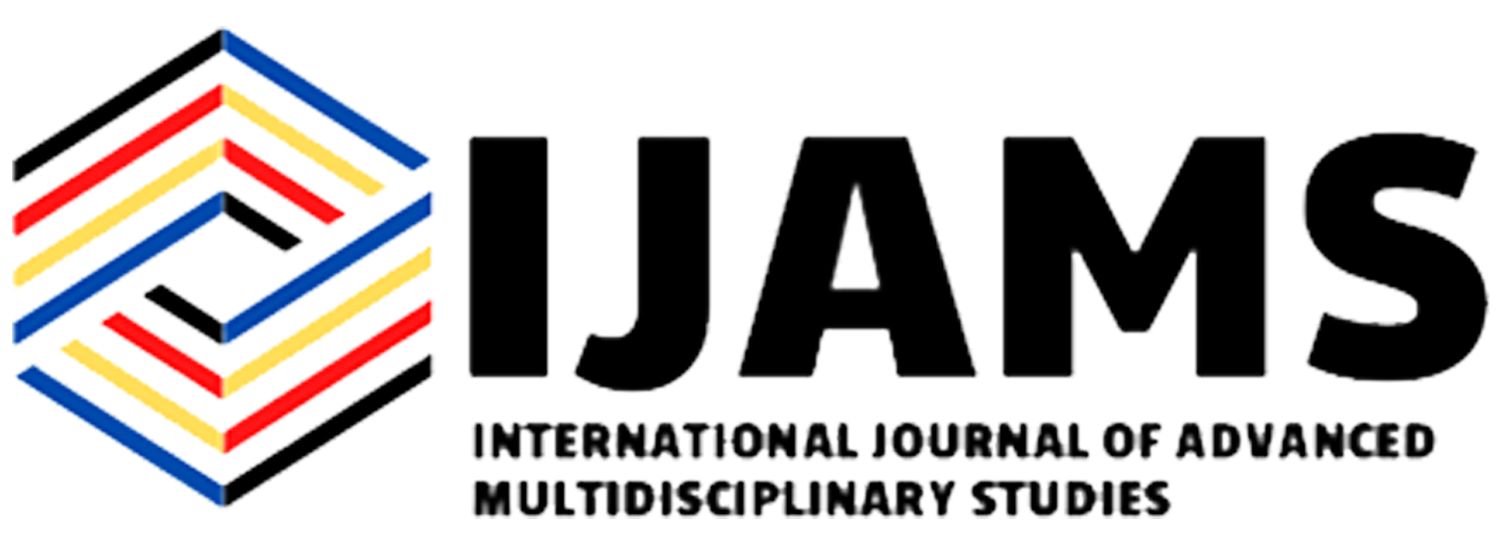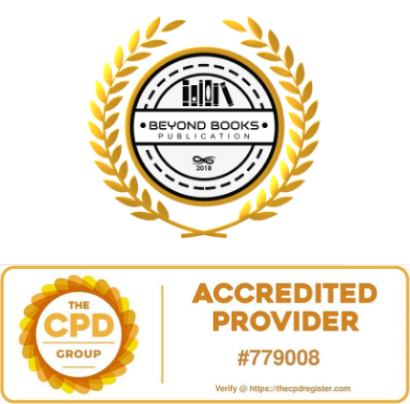ISSN: 2782-893X
eISSN: 2799-0664
 ISSN: 2782- 893X
ISSN: 2782- 893X


Collaborative learning aims at attracting interest and improving the performance of science
students. A descriptive research method designed to identify uses, benefits, and challenges
encountered by Senior High School Science Teachers using collaborative learning. Frequency
count, mean and mean descriptors, Pearson r, and One-Way ANOVA are statistical tools used to
analyze the collected data.
The age profile shows that the age of 31 to 40 is dominant. Most have a master’s unit, with
6-10 years of science teaching, and attended relevant training at all levels (district, division,
regional, national and international) 4 to 6 times. Moreover, collaborative learning activities are
often used as perceived by respondents. The level of perception of Senior High School Science
Teachers about achieving collective learning outcomes is very satisfactory. In addition,
collaborative learning activities are of great benefit to the psychological and social aspects of
learners. However, the challenges encountered by learners in carrying out joint learning activities
in terms of student and school factors are severe.
Furthermore, there is no significant relationship between the extent of collaborative
learning activities and their profile variables. Also, there is no significant difference in the level of
perception of Senior High School Science Teachers regarding the achievement of collaborative
learning outcomes across profile variables.
The result implies collaborative learning is an excellent pedagogy. Students can share many
perspectives and develop superior thinking skills by assessing, appreciating, supporting, or
opposing different views.